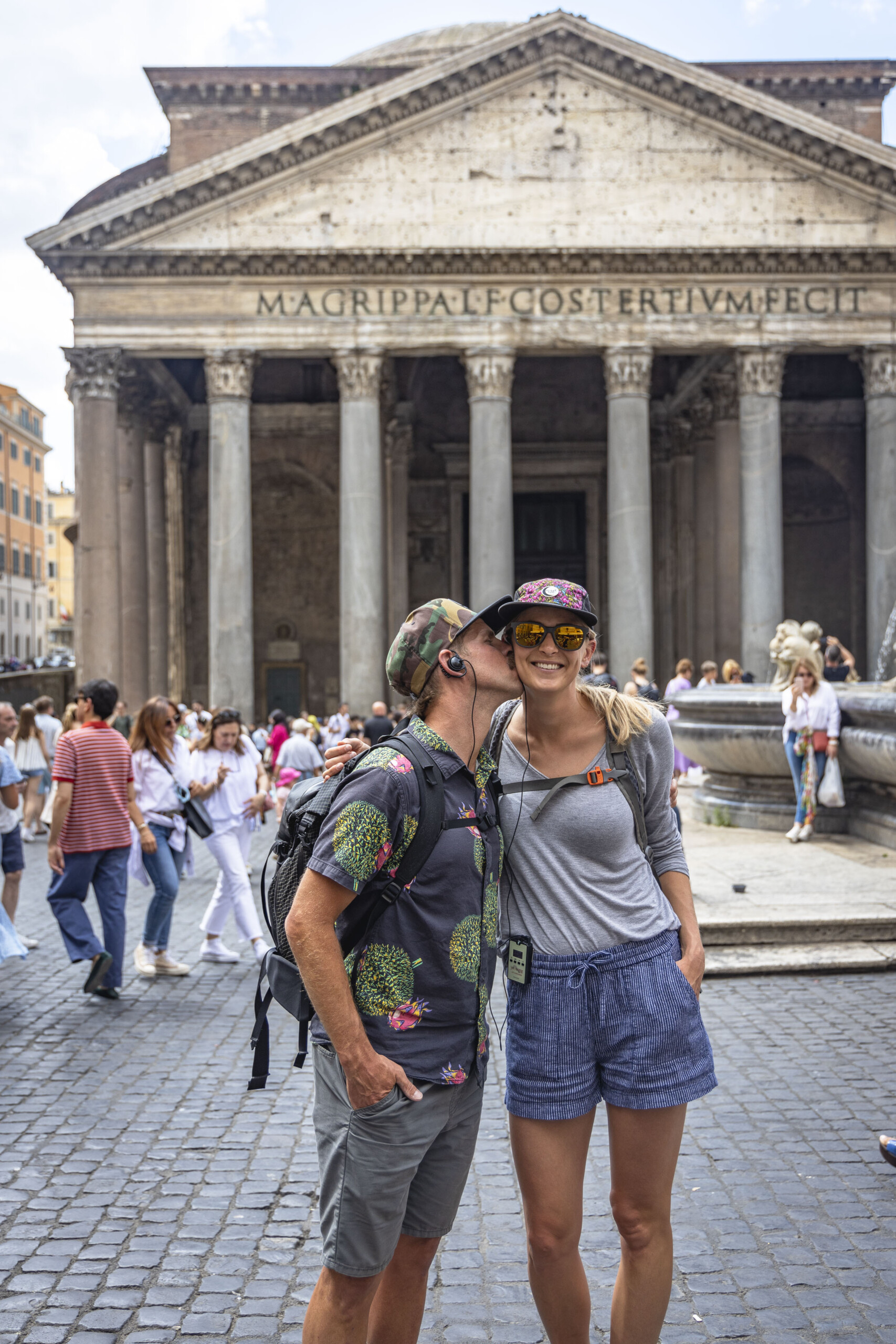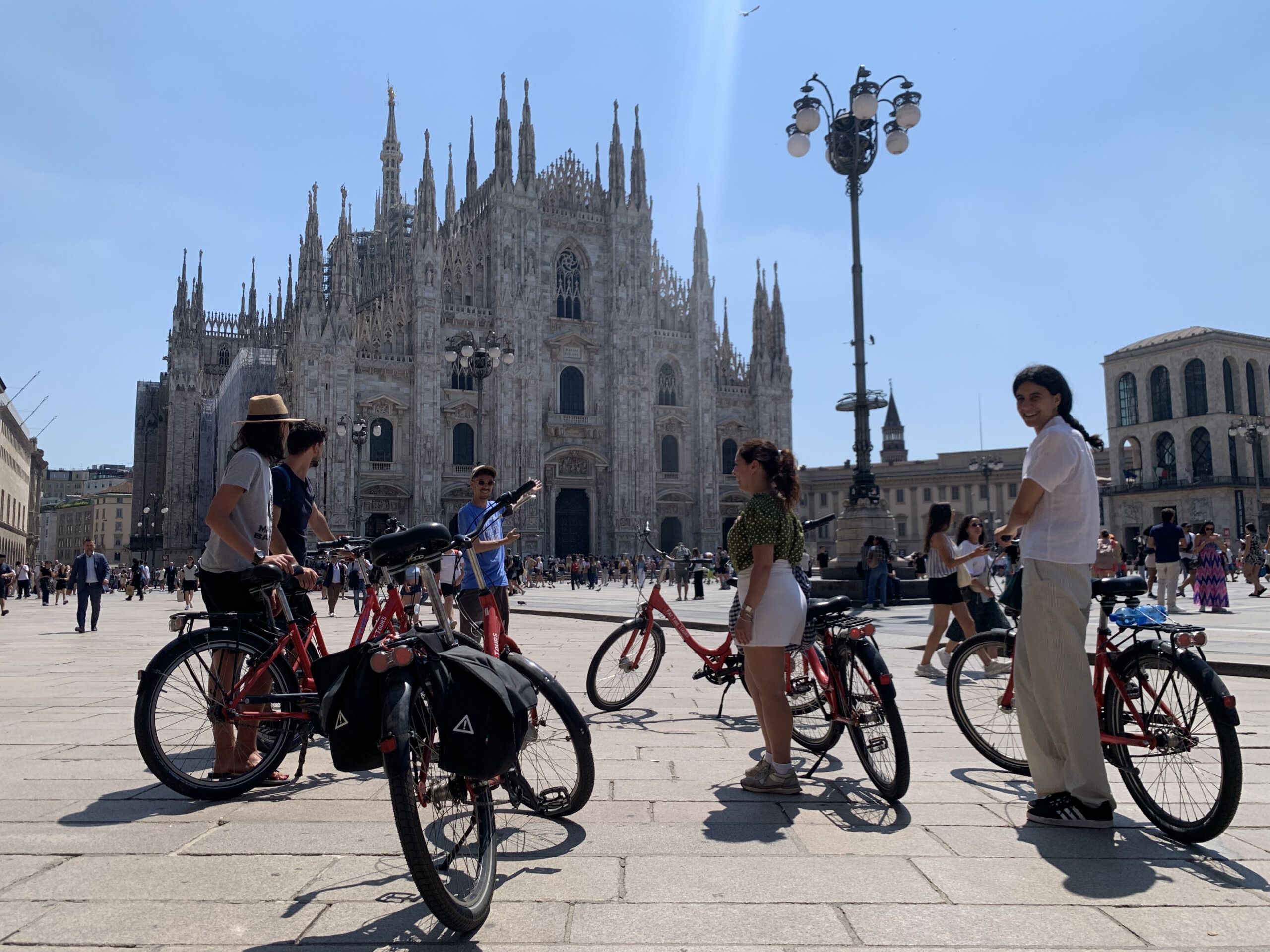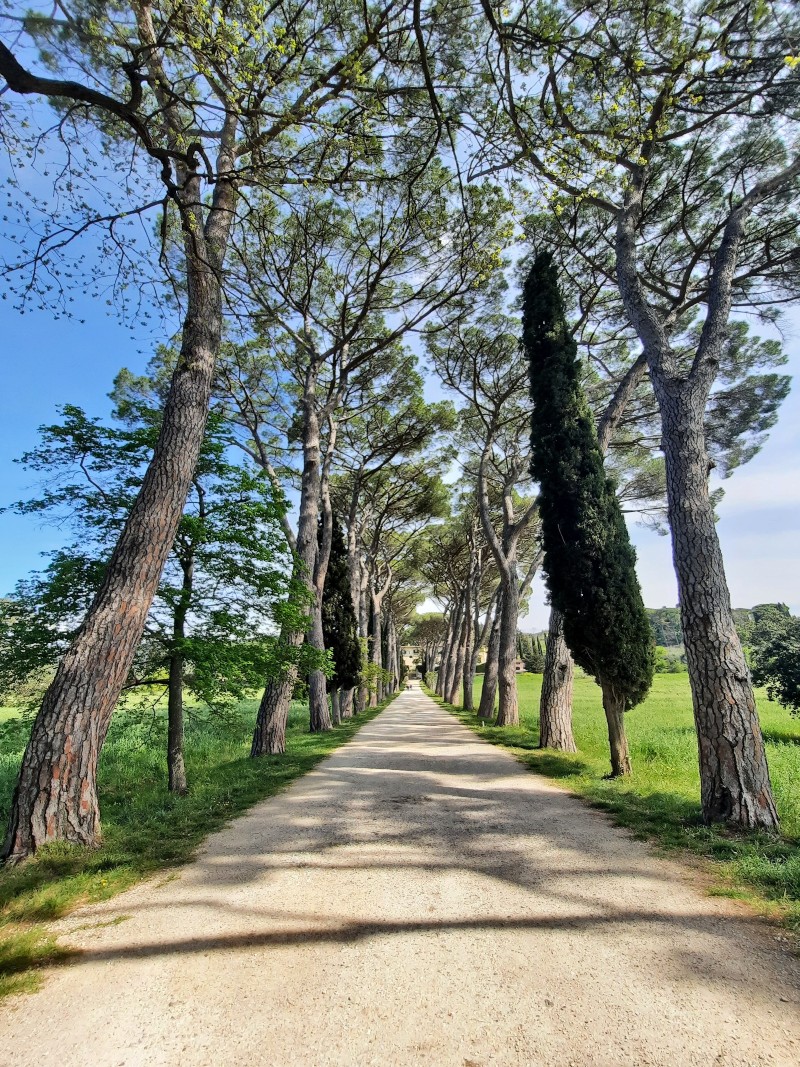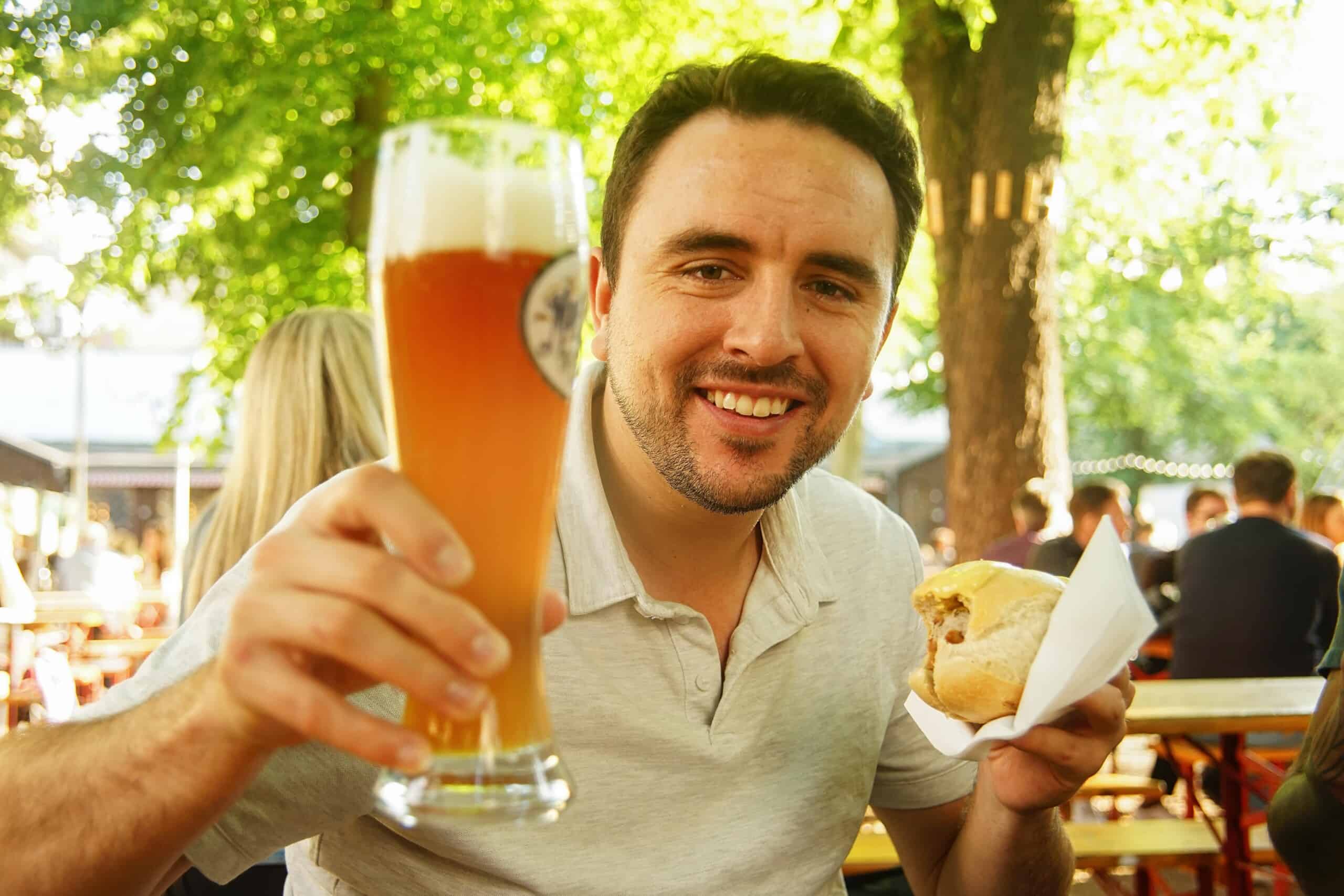By Marriette Rough, Segway guide and water fight spectator.
Every year the Oberbaumbrücke is host to a huge water-fight. When I say water-fight, I use the term loosely. The hundreds of marauding water-fighters save up their rotten veg and sometimes even dirty nappies for days beforehand and hurl them at the opposition once the battle commences, so part water-fight, part gross-fight.
The iconic bridge is situated between the old East district of Friedrichshain and the old West district of Kreuzberg. The bridge crosses the River Spree and is generally considered to be one of Berlin’s most famous landmarks. After the fall of the wall in 1989 it became a strong symbol of reunification between East and West. However on the last Sunday of June every year the boundaries are again demarcated and the Friedrichshainers battle the Kreuzbergers, for who wins the bridge and thus eternal glory.
A Brief History of the Oberbaumbrücke
The bridge itself has some pretty interesting history. Originally built in 1732 as part of the Berlin Customs Wall (Berliner Zoll und Akzisemauer) which surrounded the historic city of Berlin from 1737-1860, built primarily to levy taxes on the import and export of goods. The name Oberbaumbrücke (Upper-Tree-Bridge) relates back to the heavy tree trunk covered in metal spikes, that was used as a boom to block the river at night to prevent smuggling. By the late 1800s the bridge had been modified to cater for road vehicles, pedestrians and the new rail line.
At the very end of the Second World War, the Wehrmacht blew up the middle section of the bridge in an attempt to stop the Red Army from crossing it. After the war it was reconstructed and served as a bridge between the American and Soviet sectors. The erection of the Berlin Wall in 1961 meant the bridge became part of East Berlin’s border with West Berlin, meaning all traffic across it was stopped. The West Berlin U-Bahn was forced to terminate at the stop before hand. As of December 63, the Oberbaumbrücke was used as a pedestrian crossing for West German citizens only.
After the wall fell in 1989 the bridge was restored to all of its former glory and a few years later was completely opened for use by pedestrians and traffic. In 1997 a neon installation named ‘Stone-Paper-Scissors’ by Thorsten Goldberg was built in to the structure. The piece aims to highlight the arbitrariness of immigration decisions, during both the Cold War as well as in contemporary society.
The Origins of the Oberbaumbrücke Water Fight
The Oberbaumbrücke Water-fight began in 1999, after the city administration decided to merge the two districts, without asking the citizens their opinion. The reaction of the neighbouring left-leaning boroughs was to fight it out. Starting in the middle of the bridge, the aim being to push back the opposition to their own territory. The fight is all very tongue in cheek, amusingly the different districts have made up new names for one another; Friedrichshain being renamed ‘East Kreuzberg’ and Kreuzberg as ‘Lower Friedrichshain’. In 2001 the sides were officially merged but this has not stopped the Water Wars.
See more at: Somewhere in the World Today: Berlin Wasserschlacht Festival




